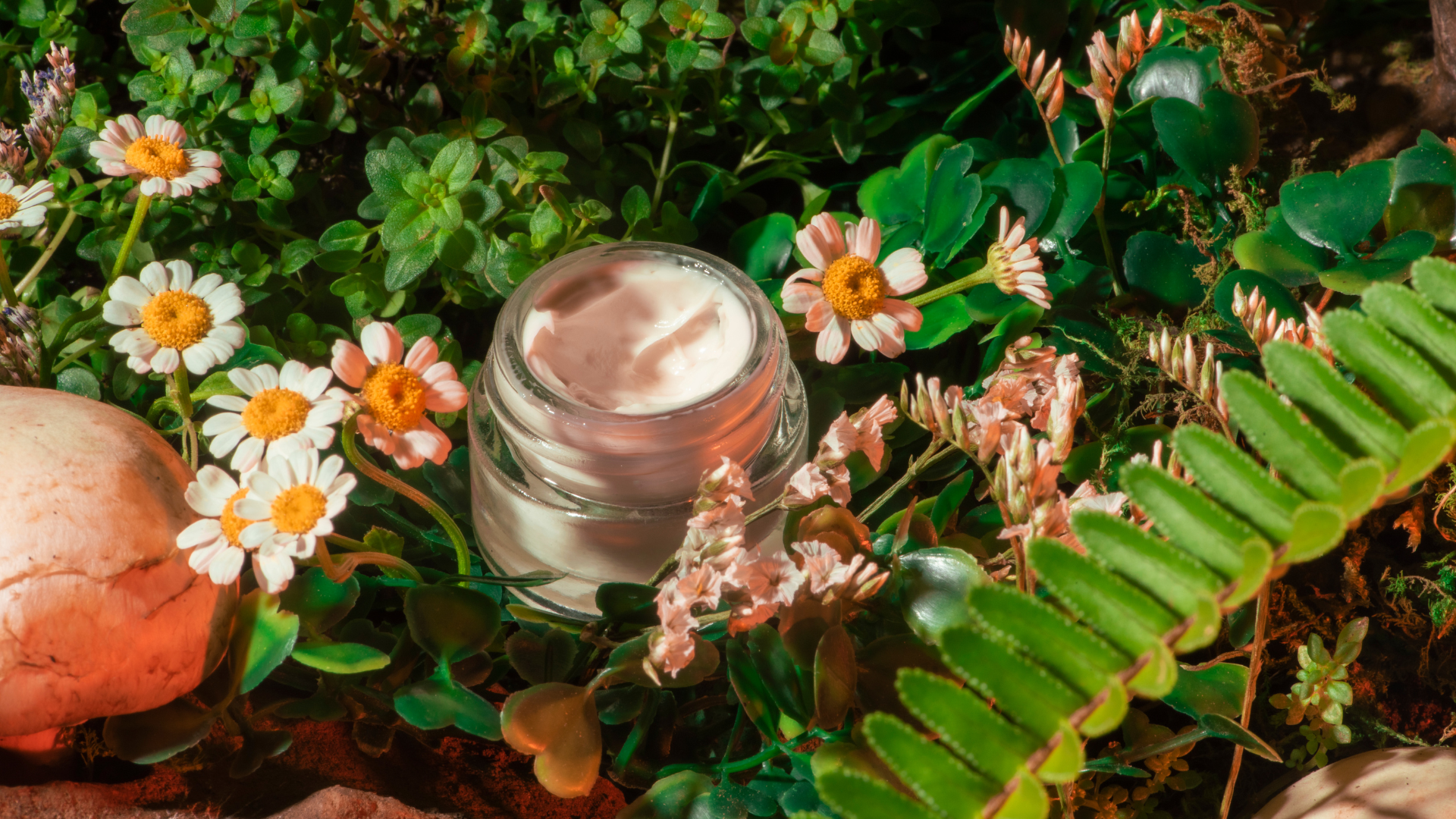Move Over Sustainable, Regenerative Is the New Eco Standard
Why Regenerative Practices are Replacing Sustainability in the Lifestyle, Beauty and Food Industries
Regenerative Skin-Care isn’t necessarily describing the effect the product has on your skin.
In 2025, a quiet but powerful shift is happening across the lifestyle, apparel, beauty, candle, and food industries. The buzzword “sustainable”—once the gold standard for eco-conscious brands—is being replaced by something even more ambitious: regenerative.
While "sustainable" (or something that is sustainably grown) means maintaining the status quo without causing additional harm, regenerative practices aim to heal, restore, and improve. From how ingredients are grown to how products are made, consumers and brands are embracing a more holistic, forward-thinking mindset.
🌿Here's why regenerative is the new standard in 2025:
The concept of regenerative consumer products isn’t entirely new—media outlets, environmental advocates, and pioneering brands have been discussing it for several years now.
However, only recently has mainstream interest in regeneration truly taken off. In the wake of climate urgency, soil degradation, and growing consumer skepticism around greenwashing, people are no longer satisfied with products that are merely “less bad.”
This shift has led to a surge in demand for goods that actively restore ecosystems, support local communities, and offer long-term, measurable impact. As a result, regeneration has moved from niche philosophy to a powerful movement reshaping how we buy, sell, and live.
🤔What Does "Regenerative" Mean?
In contrast to sustainability, which focuses on minimizing negative impact, regenerative practices actively restore and improve ecosystems, communities, and supply chains. Think of it as going beyond “doing less harm” to “doing more good.”
In agriculture, that means improving soil health, increasing biodiversity, and capturing carbon. In manufacturing, it could mean creating closed-loop systems or using waste as a resource. In branding, it means transparency, traceability, and authentic impact.
🌱The Regenerative Shift in the Lifestyle Industry
In lifestyle and wellness, consumers are gravitating toward brands that don’t just minimize harm but leave the planet and people better than before. Regenerative travel, for example, emphasizes enriching local communities and ecosystems—not just reducing carbon footprints.
🫙Lifestyle brands in 2025 are focused on:
Eco-restorative product design
Supporting indigenous knowledge and local craftsmanship
Using profits for social or environmental regeneration
✨ How Beauty Brands Are Embracing Regeneration
Clean beauty was just the beginning. Now, regenerative beauty is stealing the spotlight. From wildcrafted ingredients to upcycled packaging, beauty brands are evolving beyond sustainability.
In 2025, regenerative beauty means:
Sourcing ingredients that replenish the environment (e.g., algae, hemp, biodynamic botanicals)
Investing in biodiversity through farming partnerships
Packaging made from compostable or reusable materials
Prioritizing waterless formulations and carbon-negative processes
When if comes to skincare, don’t confuse the concept: Unfortunately the term “regenerative beauty” has traditionally meant something a bit different for skincare products. For years the sales copy on hundreds of self care brands has read something along the lines of a product “regenerating youth” or “renewing hair health”.
However in the context of this article, the term ‘regenerative beauty’ is focusing on how a brand blends and packages products in a way that replenish and restores the Earth, rather than it’s customers. Some media has described it as Regeneratively Farmed Skin Care.
🕯️Regeneration in the Candle Industry
Candles may seem simple, but they’re joining the regenerative revolution, too. Artisan candle brands are prioritizing ethically sourced waxes, biodegradable packaging, and scent ingredients that are grown using regenerative agriculture.
Key 2025 trends in regenerative candle making:
Wax from regenerative farming practices (e.g., coconut, soy from regenerative farms)
Refillable candle vessels or zero-waste designs
Essential oils sourced from biodiverse, restorative ecosystems
Community-based production methods that support artisans and small farms
🥬 Regenerative Food: From Farm to Fork
Food is at the heart of the regenerative movement. Consumers are no longer satisfied with "organic" or "natural"—they want ingredients that restore the planet.
Top regenerative food practices in 2025:
Regenerative agriculture that rebuilds soil and sequesters carbon
Agroforestry, polyculture, and no-till farming methods
Direct-to-consumer and farm-to-table supply chains
Transparent sourcing and regenerative certifications
Brands like Patagonia Provisions and White Leaf Provisions are setting the bar high, proving that regeneration can scale and still be delicious.
⭕Why the Language Matters: Regenerative vs. Sustainable vs. Organic
In the marketing world, language drives perception. As "sustainable" becomes overused or misapplied, “regenerative” offers a fresh, purpose-driven narrative that resonates with mindful consumers.
While organic, sustainable, and regenerative are often used interchangeably, they each represent different levels of environmental responsibility.
Organic refers to how products are grown or made—without synthetic pesticides, fertilizers, or GMOs.
Sustainable takes it a step further, focusing on minimizing harm to the planet by preserving resources and reducing waste.
Regenerative, however, is the most ambitious—it’s about actively improving ecosystems, restoring soil health, enhancing biodiversity, and giving back more than we take. In essence: organic avoids harm, sustainable maintains balance, and regenerative heals and improves.
SEO trends show a 200% increase in searches for “regenerative products” and “regenerative beauty” since 2024, reflecting a growing hunger for innovation and authenticity.
👉The Future Is Regenerative
Sustainability and organic just isn’t enough anymore. In 2025, regenerative is the new sustainable—a mindset, a movement, and a moral imperative.
Whether it’s through regenerative ingredients in candles, skincare, or food, consumers are choosing brands that restore what’s been lost and inspire a better future. If you’re building a brand, now is the time to make the shift.
Want to align your brand with the regenerative movement? Drop me an email so we can chat it over.





